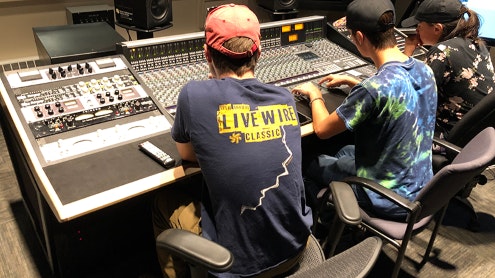Homepage
•
Learning Library
•
Blog
•
How AV impacts classrooms
Expand breadcrumbs
Expand breadcrumbs
- Learning Library
- Blog
- How AV impacts classrooms
- Homepage
- •
- Learning Library
- •
- Blog
- •
- How AV impacts classrooms








